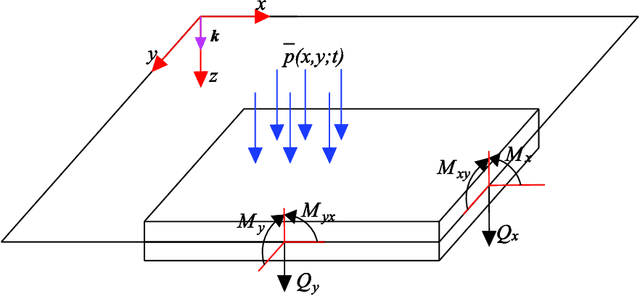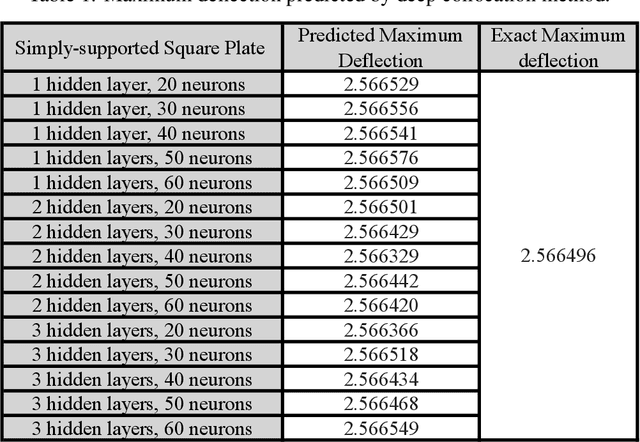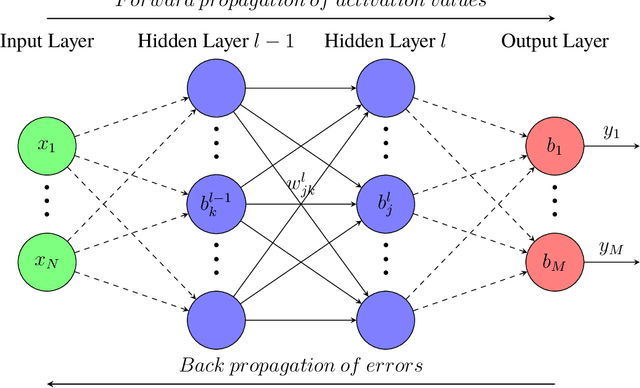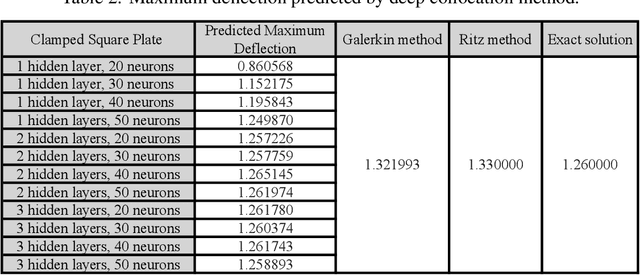A Deep Collocation Method for the Bending Analysis of Kirchhoff Plate
Paper and Code
Feb 04, 2021



In this paper, a deep collocation method (DCM) for thin plate bending problems is proposed. This method takes advantage of computational graphs and backpropagation algorithms involved in deep learning. Besides, the proposed DCM is based on a feedforward deep neural network (DNN) and differs from most previous applications of deep learning for mechanical problems. First, batches of randomly distributed collocation points are initially generated inside the domain and along the boundaries. A loss function is built with the aim that the governing partial differential equations (PDEs) of Kirchhoff plate bending problems, and the boundary/initial conditions are minimised at those collocation points. A combination of optimizers is adopted in the backpropagation process to minimize the loss function so as to obtain the optimal hyperparameters. In Kirchhoff plate bending problems, the C1 continuity requirement poses significant difficulties in traditional mesh-based methods. This can be solved by the proposed DCM, which uses a deep neural network to approximate the continuous transversal deflection, and is proved to be suitable to the bending analysis of Kirchhoff plate of various geometries.
 Add to Chrome
Add to Chrome Add to Firefox
Add to Firefox Add to Edge
Add to Edge